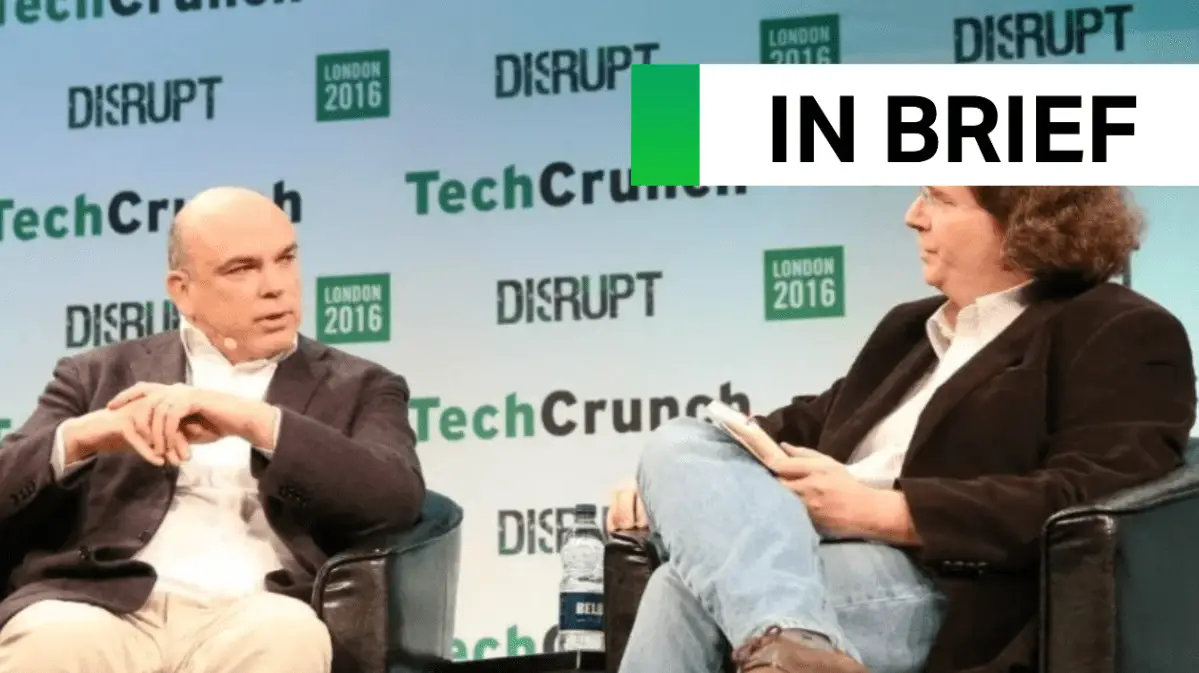In today’s digital age, web applications are becoming increasingly popular. They provide businesses with an opportunity to reach a wider audience, streamline processes, and ultimately grow their customer base. However, choosing the right tech stack for your web application can be a daunting task, especially if you’re not familiar with the technology landscape. There are several tech stacks that can be used for web application development:
- Frontend: React, Angular, Vue, Bootstrap, HTML CSS3
- Backend: PHP, NodeJS, Ruby on Rails, Java, .Net
In this article, we’ll discuss the key factors to consider when selecting a tech stack for your web application.
Identify Your Business Needs
Before selecting a tech stack, it’s crucial to identify your business needs. Ask yourself the following questions: What are the goals of my web application? What features will it have? Who will be using it? What is the expected traffic volume? What is the budget for development and maintenance? Answering these questions will help you narrow down your options and choose a tech stack that aligns with your business goals.
For example, if your goal is to build an e-commerce platform that handles a large volume of transactions, you’ll need a tech stack that can handle the load and integrate with payment gateways. If your budget is limited, you may consider open-source technologies that have a large community of developers contributing to their development and maintenance.
Consider the Skill Set of Your Team
According to Piyush Jain, Founder of Simpalm, a web application development company “Your team’s skill set plays a critical role in selecting a tech stack. It’s important to choose a technology that your team is familiar with, as this will reduce the learning curve and make it easier to develop your web application. Additionally, consider the availability of developers with expertise in the chosen technology. You don’t want to be in a situation where you can’t find developers to build your application.”
For example, if your team is proficient in JavaScript, you may consider using a JavaScript-based framework such as React or Angular to build your web application. If you’re outsourcing development, you may consider technologies that have a large pool of developers available for hire, such as PHP or Python.
Evaluate the Scalability Requirements
Another factor to consider is the scalability requirements of your web application. If you’re expecting high traffic volumes, you’ll need a tech stack that can handle the load. Look for technologies that are designed for scalability, such as cloud-based platforms, load balancers, and caching solutions. Additionally, consider the cost implications of scaling your application as it grows.
For example, if your web application is expected to have a high volume of traffic, you may consider using a cloud-based platform such as Amazon Web Services or Microsoft Azure. These platforms offer scalable infrastructure and services that can handle the load as your application grows. Additionally, they charge based on usage, making it cost-effective to scale up or down as needed.
Read More: Angular vs React: 6 Factors for In-Depth Comparison
Analyze the Security Needs
Security is a critical consideration for any web application. It’s essential to choose a tech stack that offers robust security features to protect your application and user data. Look for technologies that support encryption, user authentication, and authorization, and have a track record of security updates and patches.
For example, if your web application handles sensitive user data such as financial information, you may consider using a tech stack that supports encryption and secure data storage, such as SSL/TLS and SQL injection prevention. Additionally, you may consider using a Content Security Policy (CSP) to prevent cross-site scripting attacks.
Assess the Performance Requirements
According to Harsh Kashiwal, a Web development Enthusiast, “Performance is another critical consideration when choosing a tech stack. Your web application needs to load quickly and respond to user actions without delay. Look for technologies that are optimized for performance, such as those that use efficient algorithms or have built-in caching mechanisms.”
For example, if your web application relies heavily on data processing, you may consider using a language that is known for its performance, such as C++ or Rust. If your web application has a lot of dynamic content and requires real-time updates, you may consider using a technology such as WebSockets or Server-Sent Events, which allow for efficient real-time communication between the server and client.
Evaluate the Compatibility with Third-Party Integrations
In today’s interconnected world, it’s common for web applications to integrate with third-party services such as payment gateways, social media platforms, or analytics tools. It’s important to choose a tech stack that is compatible with the third-party services you plan to use. Look for technologies that have well-documented APIs and libraries for common integrations.
For example, if you plan to integrate with a payment gateway such as PayPal or Stripe, you’ll need a tech stack that supports these integrations. Many modern web frameworks, such as Ruby on Rails and Django, have libraries for common integrations, making it easier to add new services to your web application.
Consider the Long-Term Viability of the Technology
Technology is constantly evolving, and what is popular today may not be popular tomorrow. It’s important to choose a tech stack that has a strong community of developers and a long-term roadmap for development and support. Look for technologies that have a track record of stability, longevity, and innovation.
For example, JavaScript has become one of the most popular programming languages for web development due to its versatility and ease of use. However, it’s important to note that JavaScript frameworks and libraries come and go quickly, so it’s important to choose a well-established framework such as React or Angular that has a strong community of developers and a long-term roadmap for development.
Conclusion
Choosing a tech stack for your web application is a complex decision that requires careful consideration of your business needs, team skills, scalability requirements, security needs, performance requirements, compatibility with third-party integrations, and long-term viability of the technology. By following the guidelines outlined in this article, you can make an informed decision and choose a tech stack that will enable you to build a successful web application.
Source link











Leave a Reply